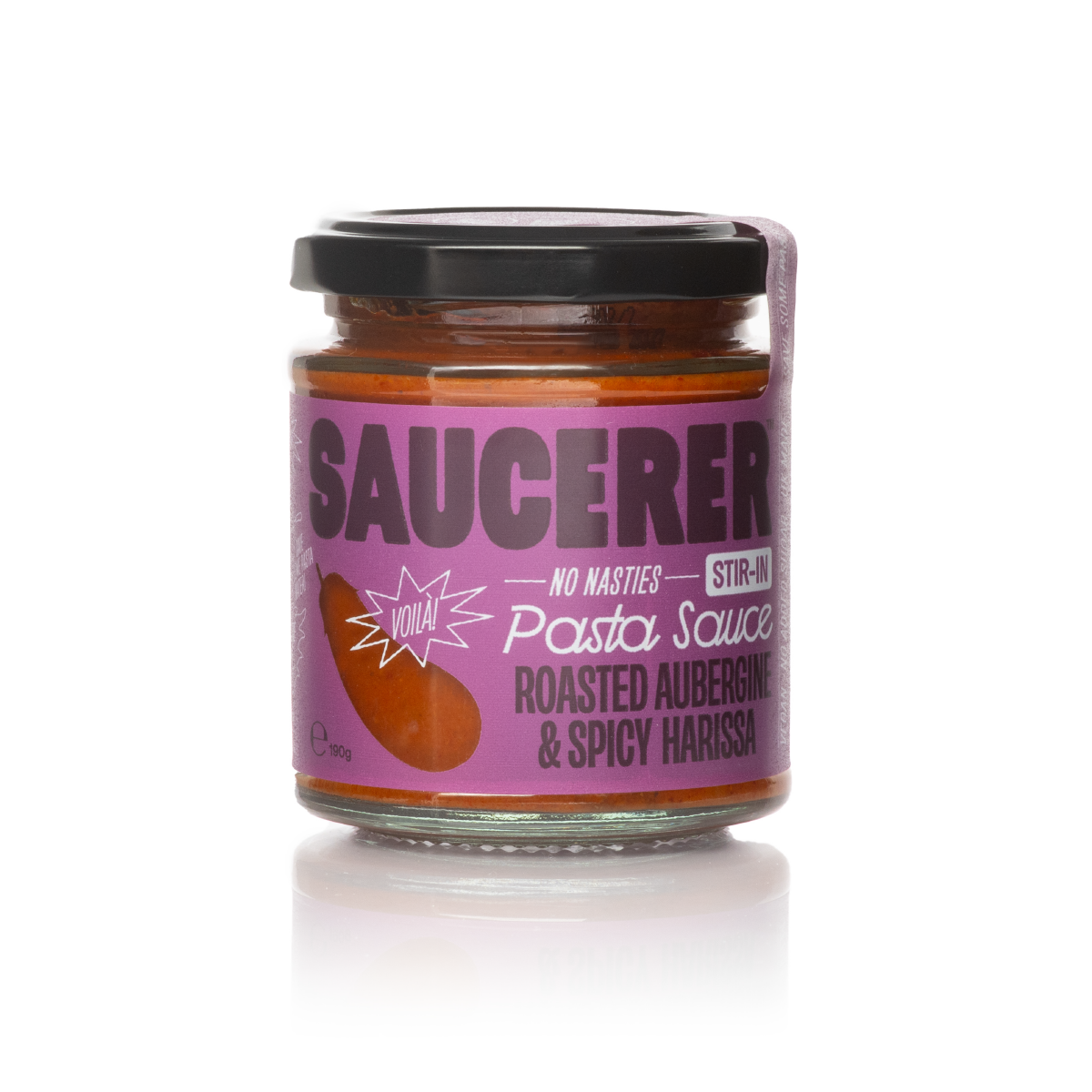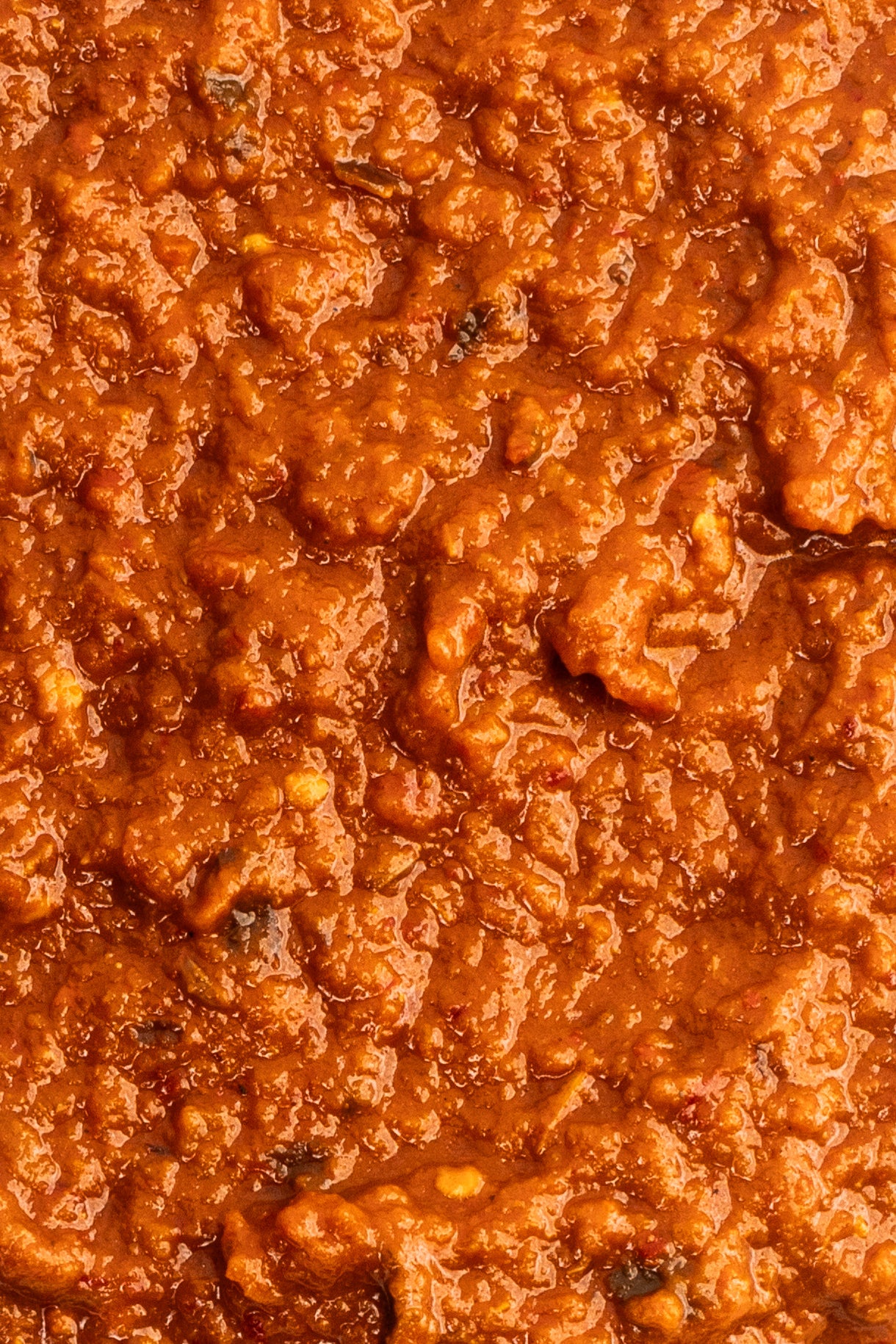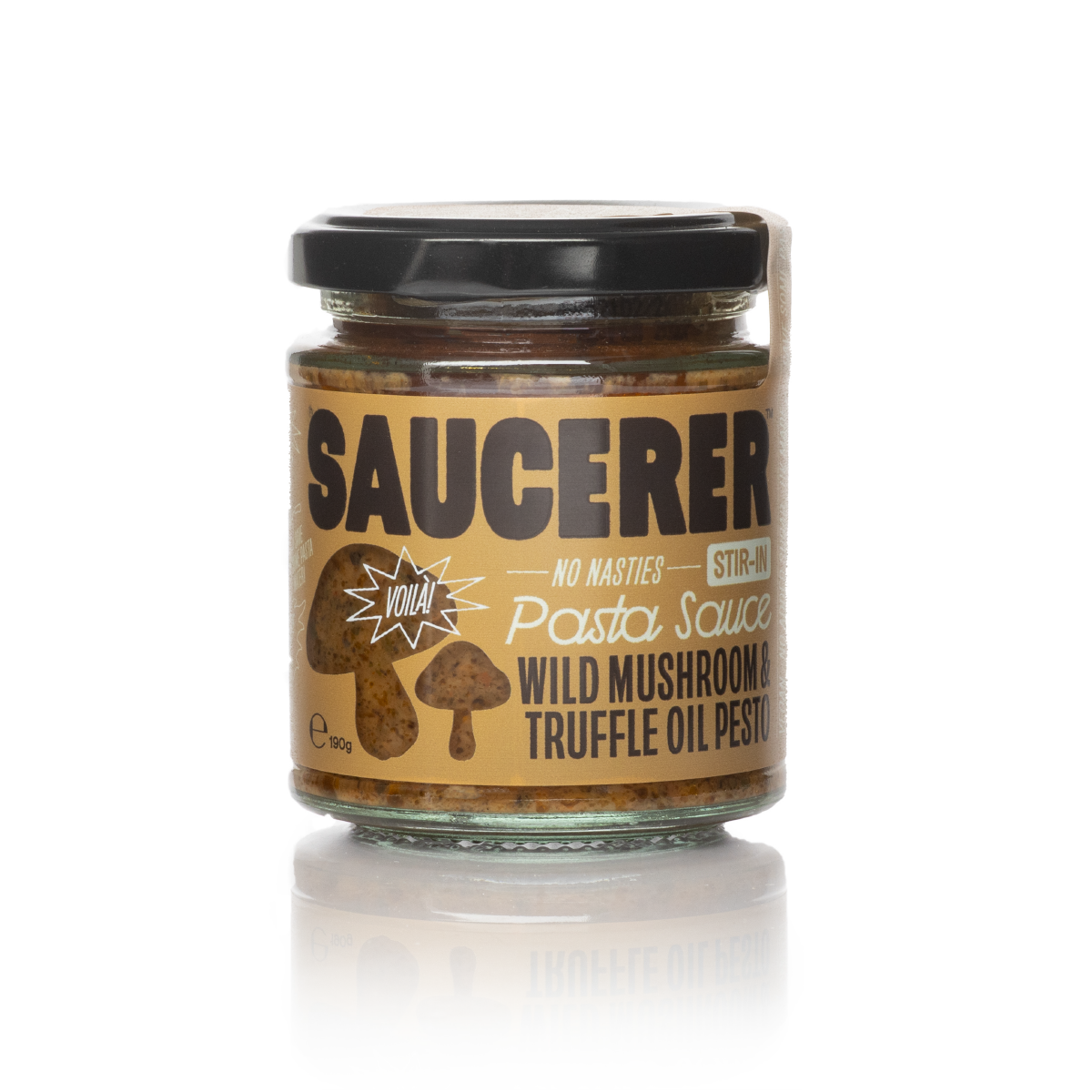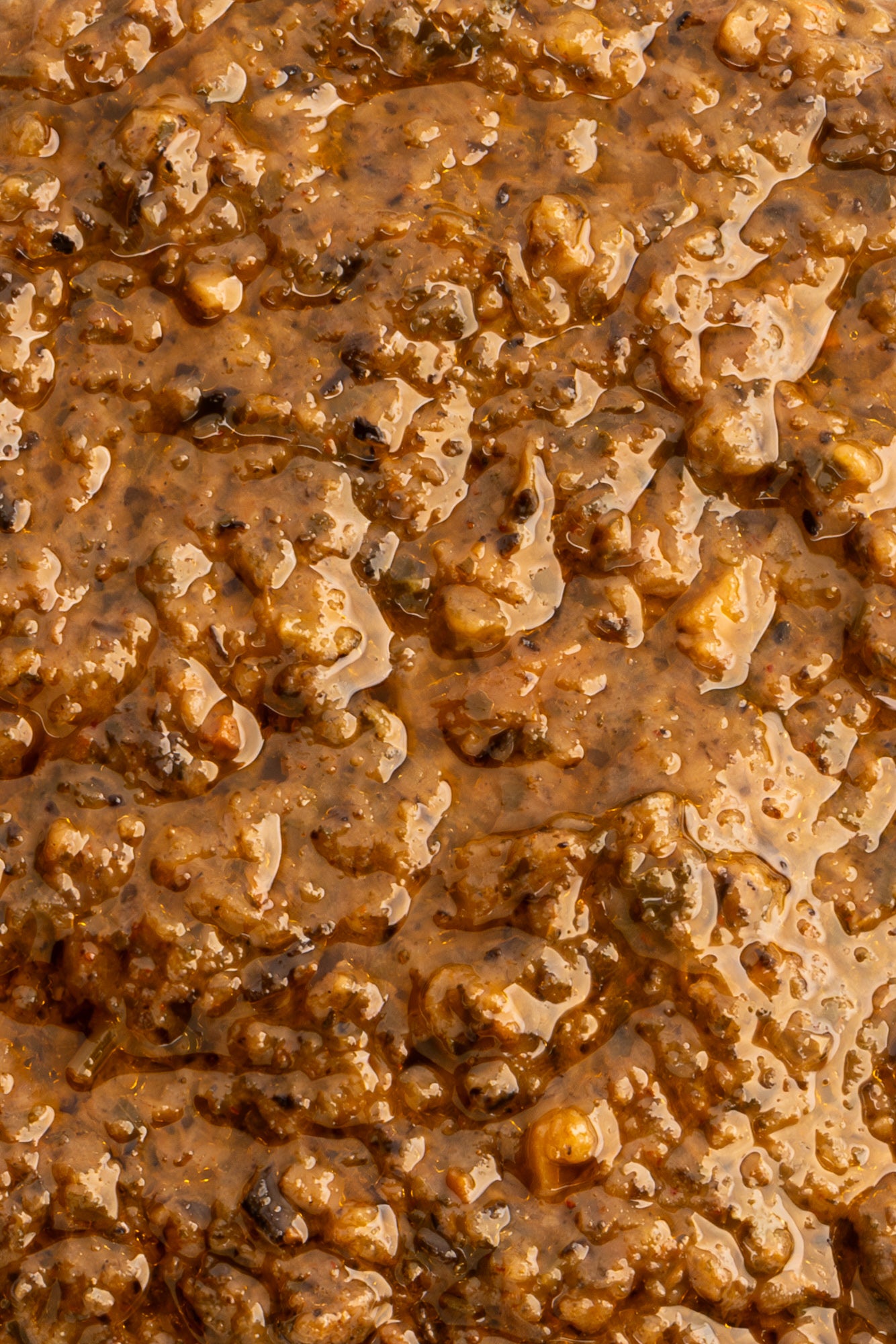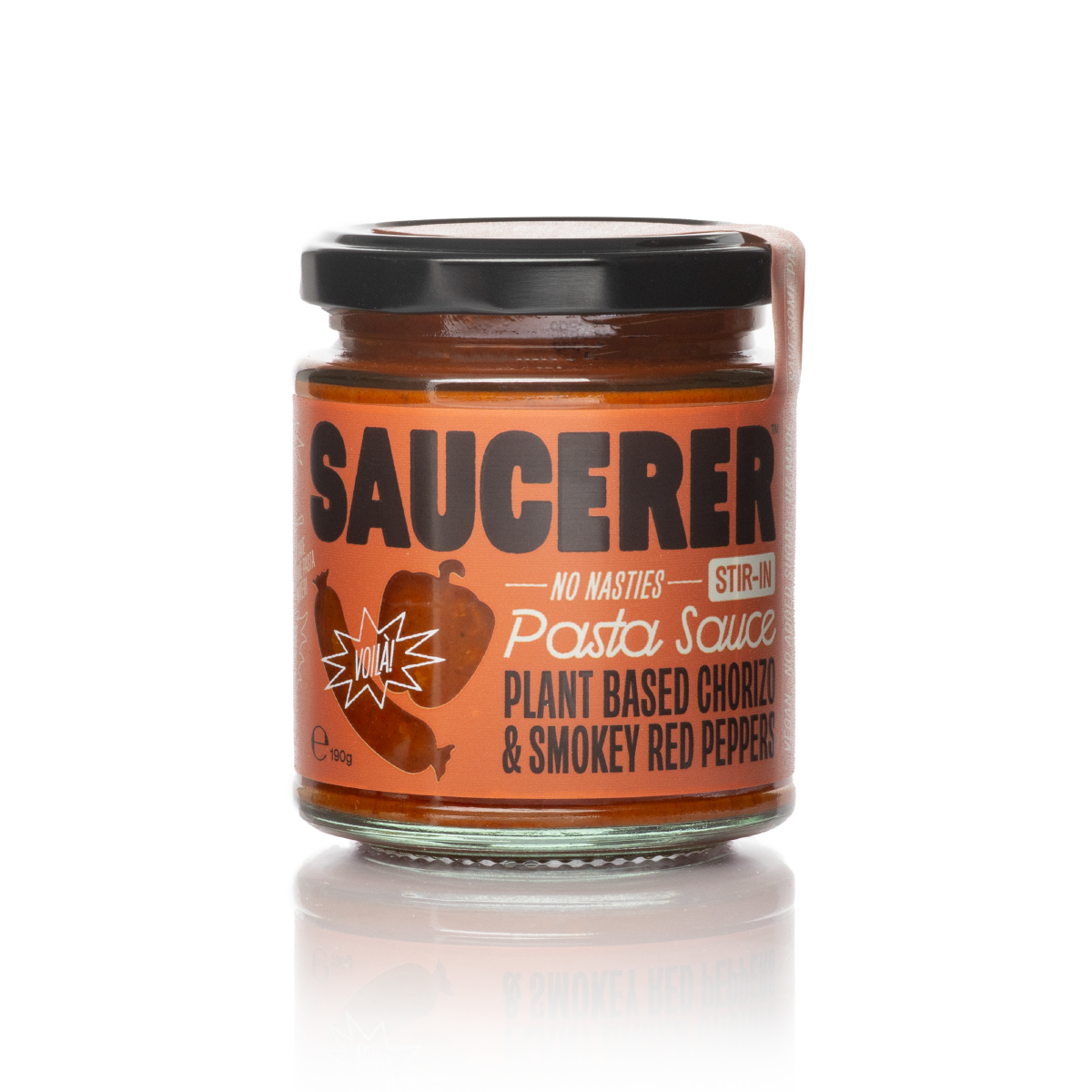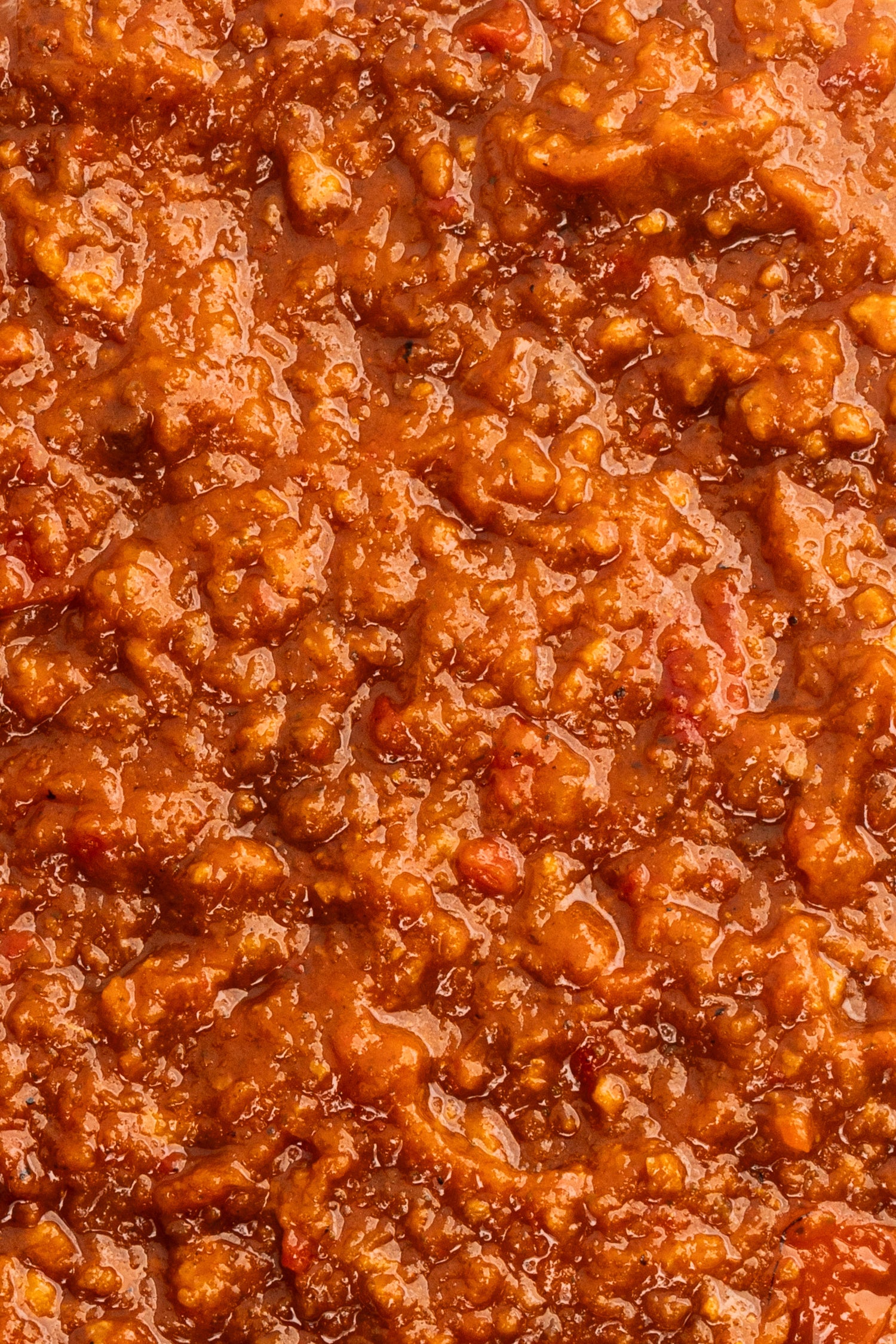The Ingredients Of Pesto: With A Twist
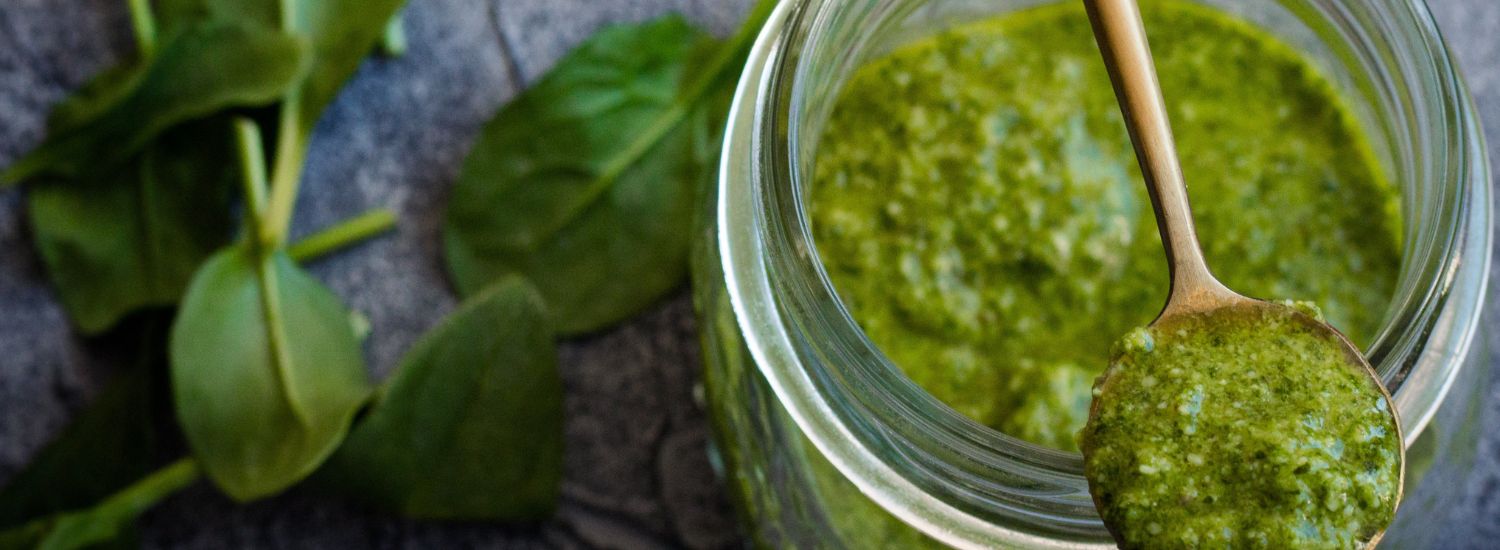
Pesto, a beloved sauce that has graced tables for centuries, is a testament to the magic that happens when simple, fresh ingredients come together. This green, aromatic condiment is not just a mere sauce but a versatile addition to numerous dishes, bringing a burst of flavor and a touch of Italy to kitchens worldwide. In this blog post, we will delve into the history of pesto, explore its global presence, discuss what makes a great pesto, and highlight the myriad ways it can be used, focusing on the various ingredients of pesto.
The Rich History of Pesto
The origins of pesto can be traced back to ancient Rome, where a similar paste called "moretum" was made by crushing herbs, garlic, cheese, and olive oil together. However, the modern pesto we know and love today originated in Genoa, the capital of Liguria, Italy. The name "pesto" comes from the Genoese word "pestâ," meaning to pound or crush, which refers to the traditional method of preparing the sauce using a mortar and pestle.
The classic pesto, known as "pesto alla Genovese," is made with fresh basil, garlic, pine nuts, Parmesan cheese, and extra virgin olive oil. This combination of ingredients of pesto has remained largely unchanged for centuries, a testament to its perfection. Interested and want to know more? Read further.
Where Pesto is Most Commonly Made
While pesto is deeply rooted in Ligurian cuisine, its popularity has spread far beyond Italy. Today, pesto is made and enjoyed in many parts of the world, each region adding its unique twist to the traditional recipe. In Italy, Liguria remains the heartland of authentic pesto, but variations can be found across the country and beyond, from the Mediterranean coasts of France and Spain to the kitchens of North America and beyond.

The Ingredients of Pesto: A Breakdown
At its core, the traditional ingredients of pesto include:
- Basil: Fresh basil leaves are the star of the show, providing the distinctive aromatic flavour.
- Garlic: Adds a pungent kick and depth of flavour.
- Pine Nuts: Contribute a creamy texture and nutty taste.
- Parmesan Cheese: Adds a salty, umami richness.
- Extra Virgin Olive Oil: Binds the ingredients together and adds a smooth, fruity note.
Each of these ingredients of pesto plays a crucial role in creating the harmonious balance of flavours that make pesto so irresistible.
The Method of Making Pesto
The traditional method of making pesto involves using a mortar and pestle to grind the ingredients into a paste. This technique allows for the gradual release of the basil's essential oils, resulting in a more intense flavour. However, modern convenience has led many to use blenders or food processors, which can also yield excellent results.
To make pesto, start by crushing garlic and pine nuts together until smooth. Add the basil leaves and continue to pound until a green paste forms. Gradually add the grated Parmesan cheese, and finally, slowly drizzle in the olive oil while stirring until you achieve a creamy consistency. Season with salt to taste.
Check out this simple and popular recipe for Green Pesto here >
Variations and Recipes for Pesto
While the classic ingredients of pesto remain a favourite, many variations have emerged, showcasing the sauce's versatility. Here are a few popular pesto recipes:
- Pesto alla Trapanese: A Sicilian variation made with tomatoes, almonds, garlic, basil, and olive oil.
- Sun-Dried Tomato Pesto: Replaces basil with sun-dried tomatoes for a rich, tangy flavour.
- Kale Pesto: Uses kale instead of basil for a nutrient-packed alternative.
- Cilantro Pesto: Incorporates cilantro and lime for a zesty twist.
Each of these recipes adheres to the basic principle of combining fresh herbs or greens, nuts, cheese, and oil, but offers a unique flavour profile.

The Uses of Pesto
Pesto's versatility makes it a fantastic addition to a wide range of dishes. Here are some ways to incorporate pesto into your cooking:
- Pasta: Perhaps the most popular use, pesto can be stirred into freshly cooked pasta for a quick and delicious meal.
- Fish: Spread pesto over fish fillets before baking or grilling to add a burst of flavour.
- Vegetable Lasagne: Layer pesto between sheets of pasta and vegetables for a delightful twist on a classic dish.
- Sandwiches and Wraps: Use pesto as a spread to elevate your sandwiches and wraps.
- Salad Dressing: Thin out pesto with a bit of extra olive oil or lemon juice to make a flavourful salad dressing.
- Pizza: Use pesto as a base sauce for pizza, topped with your favourite ingredients.
Want more ideas, check out BBC Good Foods article here >
The possibilities are endless, making pesto a must-have in any kitchen.
What Makes The Greatest Green Pesto
The quality of the ingredients of pesto is paramount in creating a truly great pesto. Here are some tips to ensure your pesto is top-notch:
- Fresh Basil: Use fresh, vibrant basil leaves. Avoid leaves that are wilted or discoloured.
- High-Quality Olive Oil: Opt for extra virgin olive oil with a fruity, robust flavour.
- Fresh Garlic: Fresh garlic cloves provide a better flavour than pre-minced garlic.
- Good Cheese: Use freshly grated Parmesan or Pecorino Romano cheese for the best taste.
- Pine Nuts: Toast the pine nuts lightly to enhance their flavour.
The Origins of Pesto Ingredients
The ingredients of pesto have their own unique origins:
- Basil: Native to India, basil is now widely grown in Italy, especially in Liguria.
- Garlic: Believed to have originated in Central Asia, garlic is a staple in Mediterranean cuisine.
- Pine Nuts: Harvested from pine trees in the Mediterranean region, particularly in Italy, Spain, and Portugal.
- Parmesan Cheese: Produced in the Parma region of Italy.
- Olive Oil: Extra virgin olive oil is a cornerstone of Mediterranean cuisine, with Italy, Spain, and Greece being the largest producers.
Health Benefits of Green Pesto Ingredients
The ingredients of pesto are not only delicious but also offer numerous health benefits:
- Basil: Rich in antioxidants, vitamins A and K, and anti-inflammatory compounds.
- Garlic: Known for its immune-boosting properties and cardiovascular benefits.
- Pine Nuts: High in healthy fats, protein, and essential minerals like magnesium and zinc.
- Parmesan Cheese: A good source of calcium and protein
- Olive Oil: Packed with monounsaturated fats and antioxidants, promoting heart health.

However.... the Best Ever Ingredients Of Pesto (hands down in our opinion!)
We couldn’t talk about pesto’s without mentioning our favourite recipe, imagine a pesto that takes you deep into the heart of an enchanted forest with each bite. A wild mushroom and black truffle pesto, where the earthiness of the mushrooms melds seamlessly with the luxurious, umami-rich black truffle, creates a flavour profile that is both rich and complex. Instead of relying on cream for its velvety texture, this unique pesto derives its creaminess from slowly sautéed onions. The onions, caramelized to perfection, lend a subtle sweetness and a smooth, luscious body to the sauce, enhancing the flavours without overpowering them.
The taste profile of this wild mushroom and black truffle pesto is nothing short of extraordinary. The wild mushrooms, with their robust, earthy notes, provide a hearty base that is beautifully complemented by the intense, aromatic depth of the black truffle. The sautéed onions add a delicate sweetness and creamy texture, which balances the bold flavours and brings a harmonious richness to the pesto. The combination of these ingredients results in a sauce that is both indulgent and deeply satisfying, perfect for those who appreciate the finer things in life.
The ingredients in this pesto are not just delicious; they are culinary treasures. Wild mushrooms, such as chanterelles, porcini, and trumpet mushrooms, offer a symphony of flavours and textures that are both hearty and refined. Black truffles, often referred to as the "diamonds of the kitchen," bring an unparalleled depth of flavour and a luxurious aroma that elevates any dish to gourmet status. The caramelized onions, with their natural sweetness and creamy texture, tie everything together, creating a pesto that is rich, complex, and utterly irresistible.
While this wild mushroom and black truffle pesto is divine when tossed with pasta, its versatility extends far beyond. Spread it on toasted baguette slices for an exquisite bruschetta, or use it as a gourmet pizza base topped with fresh arugula and shaved Parmesan. Stir it into risotto for an earthy, aromatic twist, or dollop it over grilled steaks and chicken for a burst of sophisticated flavour. It also pairs wonderfully with roasted vegetables, adding a layer of richness and complexity that transforms a simple side dish into a culinary masterpiece.
Incorporating wild mushroom and black truffle pesto into your culinary repertoire opens up a world of gourmet possibilities. Check out our SAUCERER wild mushroom and truffle pesto here > Whether enhancing the simplest of dishes or creating something truly special, this pesto is a testament to the magic that happens when extraordinary ingredients come together.
Conclusion
Pesto, with its rich history and versatility, is a culinary gem that has stood the test of time. Whether you're making a traditional pesto alla Genovese or experimenting with new variations, the ingredients of pesto bring a burst of flavour and a touch of Italy to any dish. From pasta and fish to vegetable lasagne and sandwiches, pesto's uses are as varied as they are delicious. By focusing on high-quality ingredients and exploring different recipes, you can create a pesto that not only enhances your meals but also contributes to a healthy diet. So next time you're in the kitchen, consider whipping up a batch of pesto and experience the magic of this timeless sauce.
